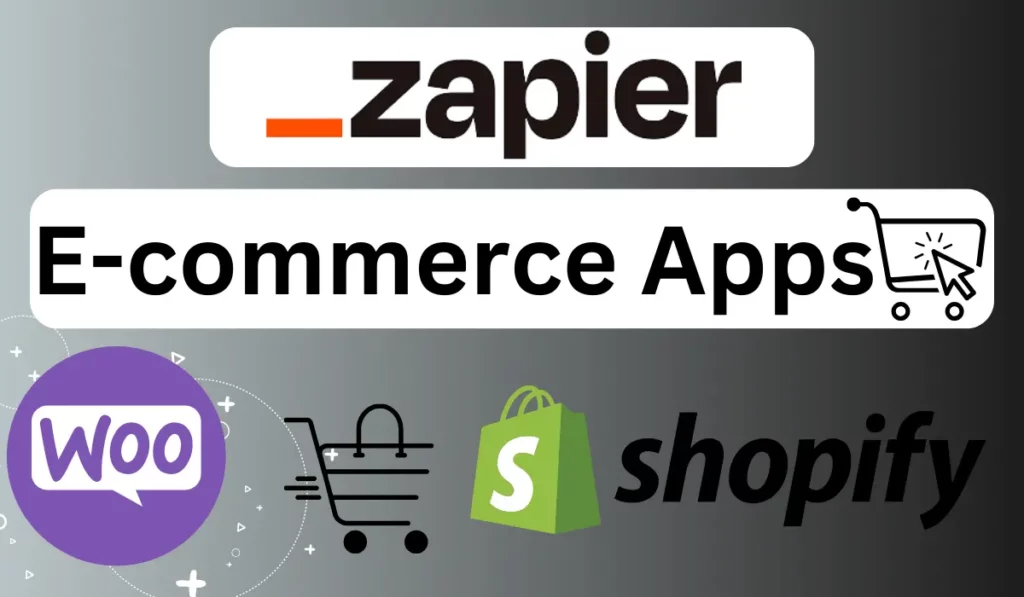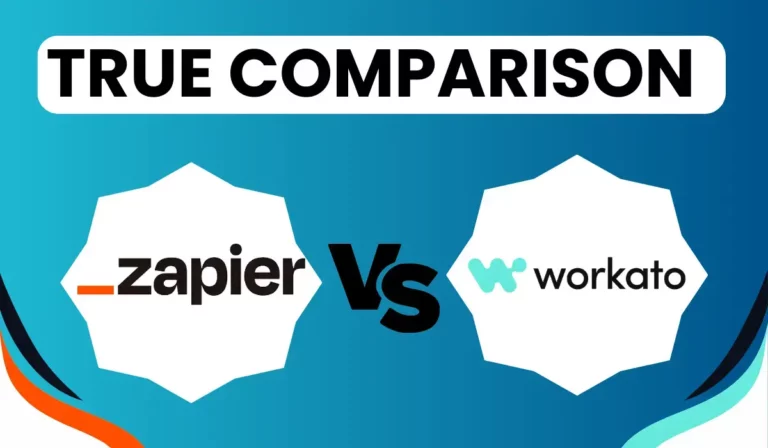Zapier Apps
Zapier is one of the most powerful tools for automating workflows between apps. With support for over 6,000+ different software integrations, the possibilities are endless. This guide explores the top Zapier apps and uses their cases and benefits to help you make the most of its integration superpowers.
Before jumping into app examples, let’s quickly cover the basics of how Zapier works.
What is Zapier?
Zapier is an integration platform that connects your web apps and services with automated workflows called Zaps. You can build Zaps to pass data between apps with just a few clicks instantly.
For example, you could create a Zap to automatically add new email subscribers in MailChimp to a list in an Excel spreadsheet. Or add customers from a Shopify order to a project in Asana.
How Zaps Work
The basic structure of a Zap involves:
- Trigger App: An event in one app (new form submission, new order, etc.)
- Trigger: Filters that define when to kick off the zap (optional)
- Action App: The destination app that will complete a task
- Action: What happens in the destination app (add row, create task, etc.)
Set up the right trigger and action between apps, and Zapier handles the automation—no coding required.
Now, let’s explore some of the most popular and powerful Zapier apps and their integration.
Top Zapier Apps Integrations
Zapier connects apps across a wide range of categories like CRM, email marketing, payments, and more. Here are some of the most useful.

Zapier Apps: Communication Apps
By integrating your favorite communication apps, Zapier empowers your team to work smarter and communicate more. Streamline team communication with Zaps using popular platforms like:
Slack
- Notify Slack channels about new form submissions, orders, or project updates
- Create new Slack users when you add contacts elsewhere
- Post content to Slack automatically when published elsewhere
SMS Global
- Send SMS alerts for key events like new inquiries or orders
- Notify customers of appointments via SMS based on calendar events
- Create two-way conversations with customers over SMS
Telegram
- Message Telegram groups when important events occur in other tools
- Auto-forward emails to Telegram channels
- Log Telegram chat history to spreadsheets for analysis

Zapier Apps: CRM and Sales Apps
Smooth out your sales workflow with integrations like:
HubSpot
- Add new contacts automatically from forms or purchases
- Update deal stages in HubSpot when moved elsewhere
- Notify sales of key prospect engagement in email or web flows
Pipedrive
- Sync new leads from ads or events to Pipedrive deals
- Connect email interactions to customer timelines
- Update deal status changes across connected apps
Calendly
- Create new appointments in Calendly from form signups
- Add new Calendly events to your calendar automatically
- Sync calendar availability to avoid double bookings

Zapier Apps: E-commerce Apps
Supercharge your online store workflows with the following:
Shopify
- Import orders into finance systems for processing
- Sync customer details to email and support systems
- Automate post-purchase follow-up emails to customers
WooCommerce
- Connect new orders with shipping and fulfillment systems
- Add customers to CRM and email lists on purchase
- Trigger custom thank you pages or upsells after checkout

Zapier Apps: Marketing Apps
Integrate your marketing stack seamlessly:
MailChimp
- Grow lists by adding contacts from forms, purchases, etc.
- Personalize welcome and nurture email flows with customer data
- Segment contacts based on behaviors in connected apps
ClickFunnels
- Update custom field values from other apps
- Redirect customers to custom funnels based on statuses
- Opt contacts into funnels when they hit triggers
The possibilities are endless, with over 6,000+ app integrations. Find the perfect pre-built templates or create your own custom Zaps.
Zapier Apps: Use Cases and Benefits
Now that you’ve seen examples of popular Zapier app uses, let’s discuss the benefits and real-world use cases.
Streamline Workflows
Automatically passing data between apps eliminates manual busywork. You can instantly connect steps in workflows to reduce bottlenecks.
For example, automatically moving data from orders to accounting, contacts to email lists, inquiries to tasks, and more.
Improve Productivity
By reducing time wasted on repetitive manual processes, your team gets hours back in their week. It allows them to focus on high-value strategic tasks.
Enhance Customer Experience
Customer-facing automation like personalized follow-ups or satisfaction surveys creates a seamless experience. Workflows happen instantly behind the scenes.
Tips for Using Zapier Effectively
To maximize results with Zapier, keep these tips in mind:
Start Small
Don’t try to build overly complex Zaps right away. Start with small automation high-value workflows. Let those run smoothly before expanding.
Use Templates
Browse Zapier’s template library to find pre-made automations that match your use case. Customize them rather than starting from scratch.
Monitor Usage
Review your Zaps regularly to ensure they are running smoothly and still providing value. Adjust or remove ones that are no longer needed.
Conclusion
Zapier is the ultimate tool for integrating apps and automating workflows. With thousands of app combinations available, take the time to explore the integrations relevant to your business needs. Think outside the box to find creative ways apps can work together to save you time and streamline processes. The right Zaps can transform how you work – unlock your team’s potential with the power of app automation.
FAQs
What apps can you connect with Zapier?
Zapier connects over 6,000+ apps across various categories like CRM, email marketing, e-commerce, documents, spreadsheets, calendars, social media, payments, chat, and more.
What are some common Zapier use cases?
Typical uses include syncing data between apps, automating repetitive tasks, sending notifications, creating two-way conversations, personalizing outreach, importing data, exporting data, and more.
What benefits does Zapier provide?
Key benefits include:
Streamlined workflows.
Improved productivity.
Enhanced customer experience.
Easier app integration.
Eliminate manual busywork.
Instant automation.
More time to focus on core tasks.
Does Zapier require coding skills?
No, Zapier was built for anyone to use without technical skills. You can create Zaps with a simple point-and-click interface without any coding required.
How much does Zapier cost?
Zapier pricing starts free for basic use and up to $898/month for advanced plans. Pricing is based on your usage, the number of apps connected, and the features needed. Zapier offers tiered plans for teams of all sizes.





Pingback: Add Apps In Zapier - Zapier Made Easy
Pingback: Zapier API Key: Unleash the Power of Zapier 2023 - Automation EasyAiz
Pingback: Zapier Consultant: How to Hire or Become a Certified Pro - Automation EasyAiz
Pingback: Zapier Facebook Lead Ads To Google Sheets 2023
Pingback: Supercharge Zapier Facebook Lead Ads 2023
Pingback: Facebook Lead Ads with Webhooks and Zapier 2023
Pingback: Zapier vs Tray.io: How the Automation Tools Compare
Pingback: Zapier vs UiPath: Comparison of Two Automation Kings
Pingback: Unlock Efficiency with Zapier Automation - Automation EasyAiz